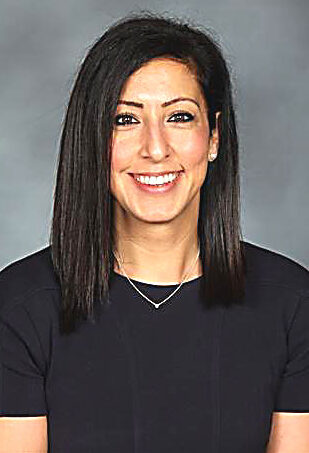By James Hanlon
Leader Staff Writer
Parents, students and teachers are wondering, and worrying, what the next school year will look like. The situation with the COVID-19 pandemic is still so uncertain, no one really knows the answer.
“At this point, the only thing we know for sure is that direction from the State/MDE (Michigan Department of Education) continually changes,” wrote Supt. Tim Throne in an end of year information letter to the district.
That’s why Oxford Community Schools administration is putting together a return to school road map that plans for four possible scenarios:
Scenario 1: All students and staff return to school full-time every day, with basic preventative measures in place, such as taking temperatures.
Scenario 2: Students and staff return to school full-time in the fall, but a second wave of the coronavirus hits, forcing the schools to close for a period of time and implement remote learning during the closure.
Scenario 3: A hybrid of seated instruction with social distancing and remote learning. Students would attend in shifts of two days a week for in-person instruction, then three days a week of remote-learning.
Scenario 4: The school year begins with fully remote learning.

“We’ve been working pretty broad-stroke in our approach so we are prepared for all those scenarios,” said Anita Qonja, Executive Director of Elementary Instruction at Oxford Schools.
The district has formed subcommittees to approach different aspects of reopening the schools including instruction, health and wellness, facilities, operations and technology. Qonja, who helped compose the continuity of learning plan the district used to implement remote learning from this April until the end of the school year, is now working on both the overall plan and the instructional aspect.
Scenario 1 is a best-case scenario, and the planning priority.
“If we are able to, our goal is to bring all kids back all day every day. As long as there isn’t an executive order that says that we can’t, as long as we can do it in a healthy way . . . that would be our number one goal,” Qonja said.
“To be exceedingly clear,” Throne said, “our first priority is the safety and wellbeing of our staff, students, and community. We will be listening to guidance from medical and community health experts, and the State of Michigan government officials.”
On June 17, Gov. Gretchen Whitmer said she is “optimistic” that schools will return to in-person learning in the fall. The governor announced that on June 30, she will release an executive order and a robust document called “Michigan’s Return to School Roadmap” that will provide details on what will be required and what will be recommended for schools.
Qonja said the guidance will help them “dig a little deeper on which area to concentrate on.” In the meantime, they have been looking at guidelines other states have issued, since Michigan has yet to publish any.
Qonja thinks the state will basically determine which scenario they have to go with. For example, if the state says they are able to have school every day, then that’s what they will do. But, if they are required to have social distancing, then they will have to go with Scenario 3, the hybrid plan.
Because of the number of students, Qonja said there is no way they can social distance given the size of the buildings. In the hybrid plan, there would be two separate groups of students that would come to school on different days so there would be fewer kids in the building at once. That would leave the building empty one day a week for professional development or deep cleaning.
Whitmer also indicated that each county might be able to operate differently, based on how the virus is doing in that region, as opposed to blanket guidance for the entire state. There might even be different guidance for different areas within the county.
The guidance could also change at any time.
“That’s the reason for the scenarios, right? Because it could change and we want to be prepared for all aspects,” Qonja said. The district is making sure they will be able to “flip the switch” and have students on a remote learning plan within a couple of days.
Throne said, “It will be important for our students, parents, and staff be prepared and be flexible as conditions change and our learning environment needs to change.”
Qonja readily acknowledged, “There’s still so much unknown and that feels uncomfortable.” She plans to update families as they learn more over the summer.
Families that have health concerns or already know they want an all-virtual experience for next school year are encouraged to enroll in Oxford Virtual Academy (OVA). Celebrating its tenth anniversary this year, OVA is a district-owned distance learning school focused on homes school students.

Leave a Reply